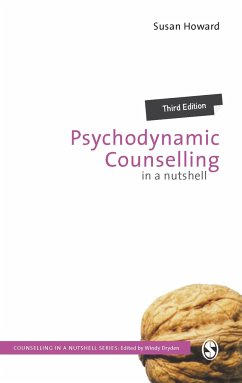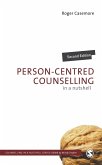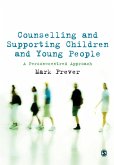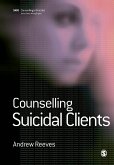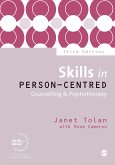Susan Howard explains in a clear, jargon-free style, the concepts at the heart of the psychodynamic approach, and, drawing on case material, describes the therapeutic practice which rests on those ideas. Assuming no previous knowledge of the subject, the book introduces:
the history of the approach main key concepts practical techniques used by practitioners
In the first chapter, you are introduced to a client, Layla, whose case you'll revisit throughout the book, helping you connect theory and practice. This edition also includes new material on working with diversity and difference, neuroscience and extended discussion on ethics.
the history of the approach main key concepts practical techniques used by practitioners
In the first chapter, you are introduced to a client, Layla, whose case you'll revisit throughout the book, helping you connect theory and practice. This edition also includes new material on working with diversity and difference, neuroscience and extended discussion on ethics.
Students studying Psychodynamic Counselling will find this third edition absorbing, essential reading. The introduction of case material provides a thread throughout the text and the extra chapters exploring neuroscience and research are useful and vital inclusions. Social work colleagues and other professionals will appreciate the clear explanation of basic concepts.
Pam Firth
Pam Firth

